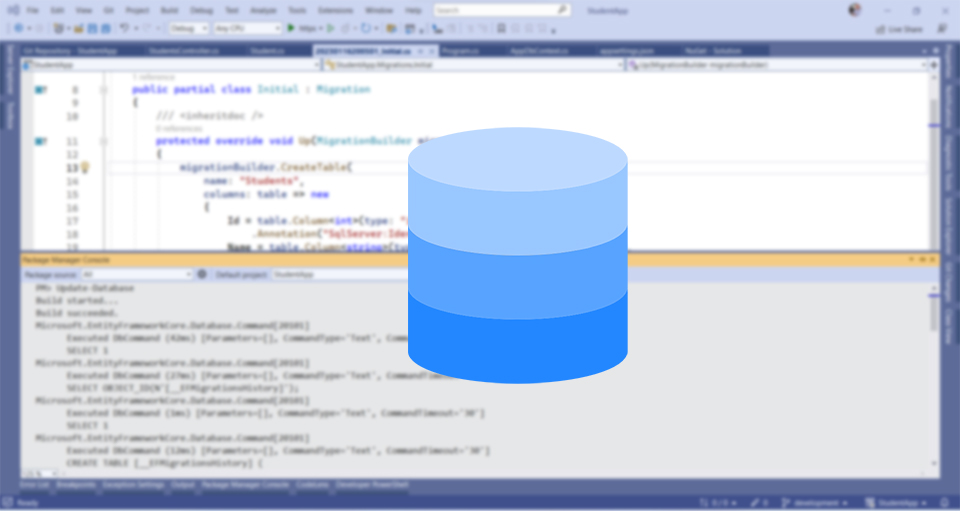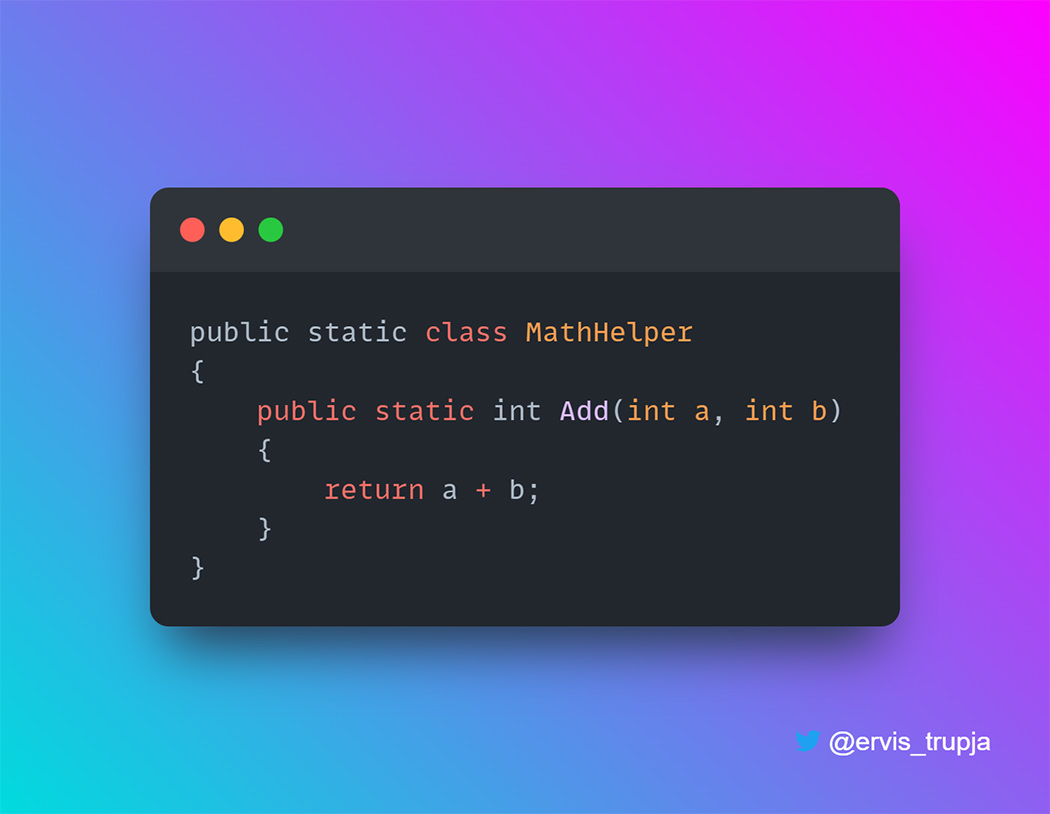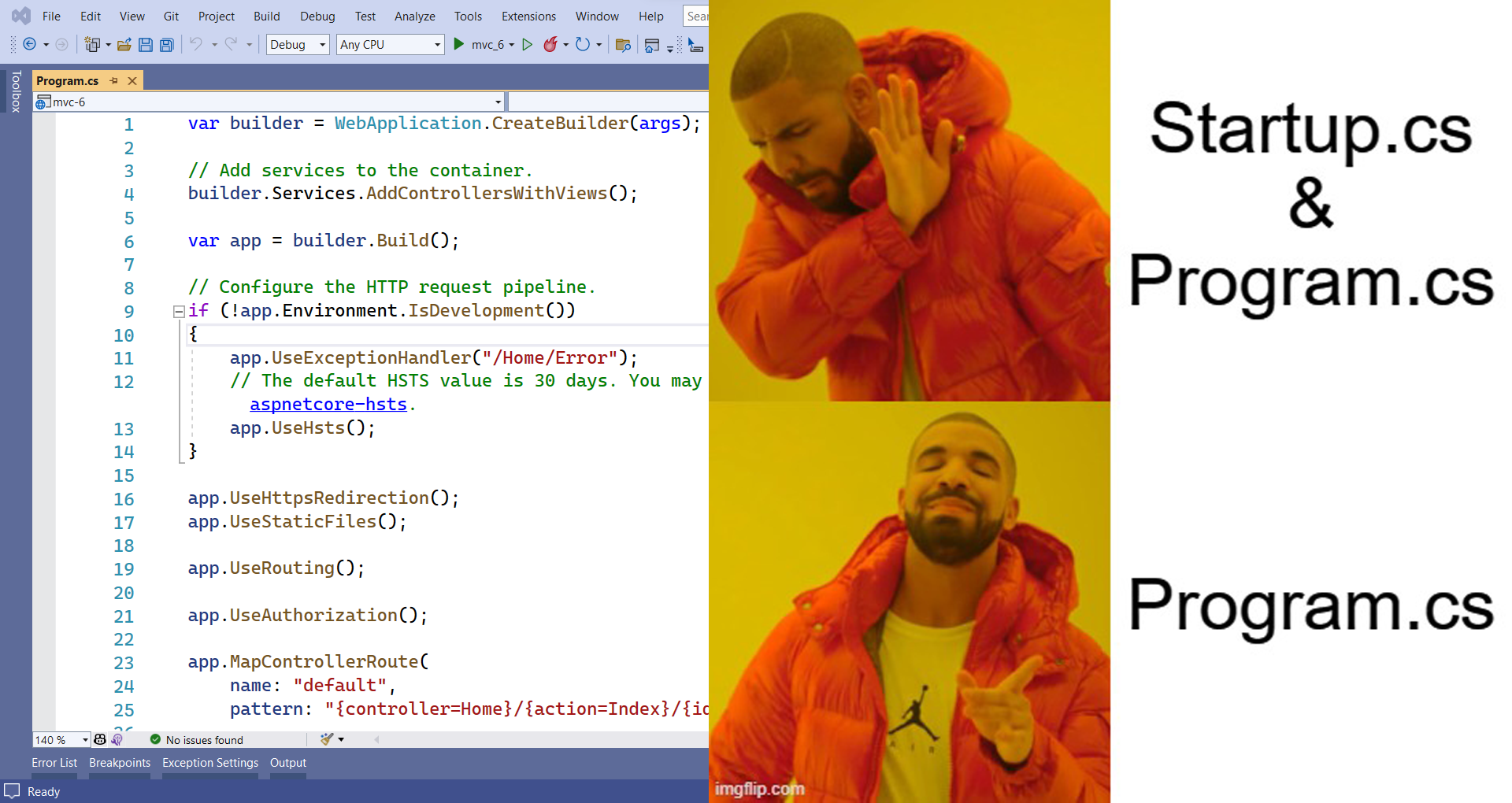Dictionaries in C# are a type of collection that allows you to store key-value pairs, where each key is associated with a value. Key-value pairs are commonly used to represent […]
Implementing API Rate Limiting in .NET Web APIs
Throttling is the process of limiting the rate at which requests are made to an API. In a .NET Core API, you can limit API calls by implementing throttling. There […]
The Power of Asynchronous Programming in C#
Asynchronous programming is a programming model that allows you to write code that can run concurrently without blocking the main thread. To better understand this definition, let’s talk about a […]
Exception Handling in C#: Prevention and Management of Runtime Errors
Exception handling is a mechanism in C# that allows you to handle runtime errors and prevent your program from crashing. It allows you to catch errors, diagnose the problem, and […]
The Importance of Lists in C# Programming
Lists in C# are important data structures that allow developers to store, manage, and manipulate collections of items. They do provide a dynamic, resizeable, and strongly-typed alternative to arrays. But, […]
The Benefits of Using Generic Classes and Methods in C#
In C#, the term “generic” refers to a type that is not limited to a specific data type. A generic type is declared by including a type parameter, represented by […]
Understanding the Differences between Singleton, Scoped, and Transient Service Lifetime in .NET
To understand the difference between Singleton, Scoped, and Transient service lifetimes it is important to understand the life cycle of Dependency Injection. The life cycle of Dependency Injection (DI) refers […]
A Step-by-Step Guide to Configuring Entity Framework in Your .NET Web API Project
Entity Framework (EF) is an Object-Relational Mapping (ORM) framework that enables developers to interact with databases in a more efficient and convenient way, rather than having to write raw SQL […]
Static vs Non-Static Classes in C#: Understanding the Differences and Use Cases
In C#, a class is a blueprint for creating objects, providing initial values for member variables or properties, and implementations of member methods or functions. A class can have fields […]
Migrate from ASP.NET Core 5.0 to 6.0
This article explains to update an existing ASP.NET 5 project to ASP.NET 6. I am going to use a fully-functional .NET 5 MVC application to show how you can do it step by step.









